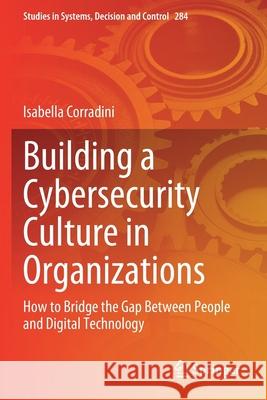Building a Cybersecurity Culture in Organizations: How to Bridge the Gap Between People and Digital Technology » książka
topmenu
Building a Cybersecurity Culture in Organizations: How to Bridge the Gap Between People and Digital Technology
ISBN-13: 9783030440015 / Angielski / Miękka / 2021 / 136 str.
Building a Cybersecurity Culture in Organizations: How to Bridge the Gap Between People and Digital Technology
ISBN-13: 9783030440015 / Angielski / Miękka / 2021 / 136 str.
cena 483,04
(netto: 460,04 VAT: 5%)
Najniższa cena z 30 dni: 462,63
(netto: 460,04 VAT: 5%)
Najniższa cena z 30 dni: 462,63
Termin realizacji zamówienia:
ok. 22 dni roboczych
Dostawa w 2026 r.
ok. 22 dni roboczych
Dostawa w 2026 r.
Darmowa dostawa!
Kategorie:
Kategorie BISAC:
Wydawca:
Springer
Seria wydawnicza:
Język:
Angielski
ISBN-13:
9783030440015
Rok wydania:
2021
Wydanie:
2020
Numer serii:
000477984
Ilość stron:
136
Waga:
0.22 kg
Wymiary:
23.39 x 15.6 x 0.84
Oprawa:
Miękka
Wolumenów:
01
Dodatkowe informacje:
Wydanie ilustrowane











